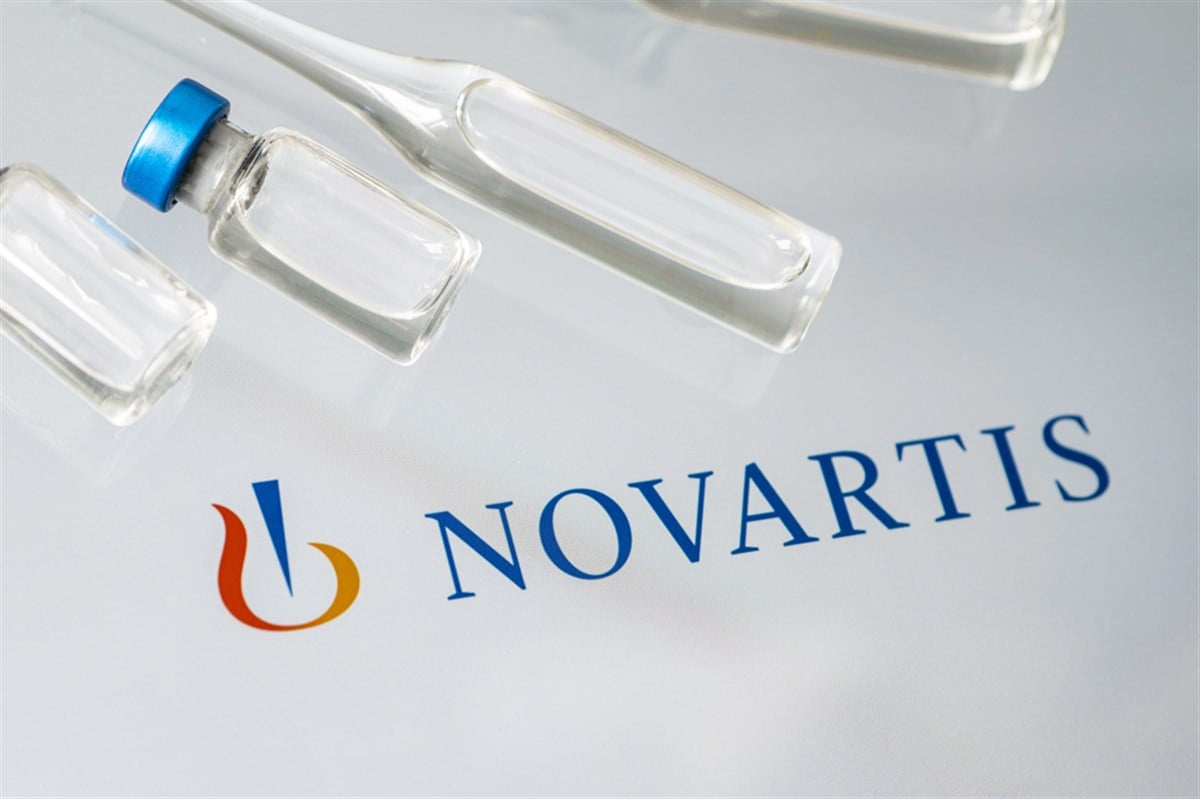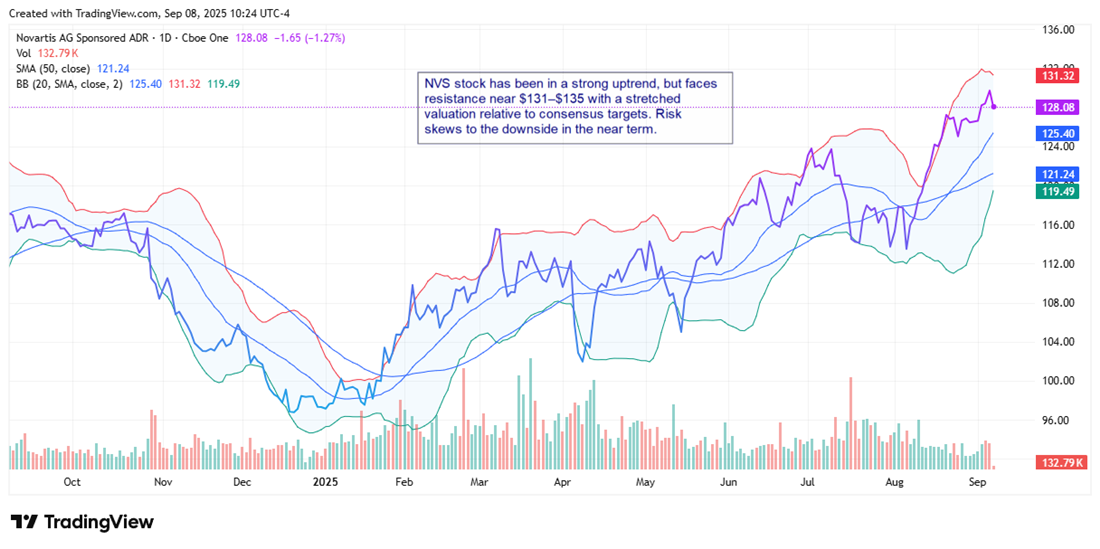Hi there, Thank you for subscribing to MarketBeat Daily Ratings. We're excited to have you onboard! Every weekday, you’ll get a curated summary of new “Buy” and “Sell” ratings from Wall Street’s top-rated analysts, the latest stock news, and bonus investing content—all delivered straight to your inbox. Please take a moment to confirm your subscription by clicking the link below. You may not receive your daily ratings newsletter without confirming your subscription. Click Here to Confirm Your Subscription to MarketBeat Daily Ratings Thank you again for subscribing. We look forward to being an important part of your investing journey.

Matthew Paulson
Founder and CEO, MarketBeat.
Confirm Your Subscription to MarketBeat Daily Ratings Here
Monday's Featured Article Novartis' Moonshot Cancer Therapy Could Be Future Growth DriverWritten by Chris Markoch. Published 9/9/2025. 
Key Points - Novartis is pioneering radioligand therapy, a targeted radioactive cancer treatment with blockbuster potential.
- The company invests heavily in infrastructure to overcome logistical hurdles, but mainstream adoption may take a decade.
- NVS stock is up more than 30% in 2025 and trades above consensus price targets, suggesting near-term downside risk.
GLP-1 drugs are dominating biotech headlines. Still, many investors are looking at other parts of the biotechnology trade, especially cancer research. Novartis AG (NYSE: NVS) is up over 31% in 2025, and its pioneering radioligand therapies could extend the Swiss company's growth runway. A Moonshot That Is Radioactive Oncology remains one of the biotech sector's most critical fields. Novartis is pioneering an emerging subsector known as radioligand therapy, or radioactive cancer treatment. On July 4th, Trump signed the "One Big Beautiful Bill," adding $3.4 trillion to the national debt — and pushing America's debt-to-GDP ratio to 175%.
Top investors are warning of an epic bubble bursting soon. A free guide reveals how to shield your 401(k), savings, and portfolio before the collapse. Claim your FREE Big Beautiful Bubble Survival Guide now In radioligand therapy, radioactive isotopes are attached to molecules that bind selectively to tumor cells and are delivered through an IV infusion. This targeted approach minimizes damage to healthy tissue, a frequent drawback of conventional cancer therapies. Physicians in clinical trials report unprecedented results: radioligand therapies have cleared metastatic tumors from patients' scans within six months. Novartis CEO Vas Narasimhan believes the radioligand market could grow to $25 billion–$30 billion, up from his 2021 estimate of $10 billion. Investors are excited by Novartis's first-mover advantage and the high barriers to entry it has built using its strong cash position. Why Patience Will Be Needed Despite its promise, radioligand therapy remains in its infancy and may take 10 to 15 years to become mainstream. One major hurdle is infrastructure. Manufacturing cancer-fighting isotopes is one challenge; delivering them before they decay is another. Because isotopes lose potency within three to five days, hospitals need specialized storage, radiation-safe treatment rooms, and 24/7 GPS tracking of vials. To address these logistics, Novartis is investing heavily in AI and supply-chain monitoring to anticipate air-traffic delays, severe weather and other potential disruptions. These upgrades, however, require time to implement at scale. The Long-Term vs. the Short-Term for Novartis Novartis is far from a speculative biotech play. It maintains an established pipeline treating cancer, autoimmune diseases, multiple sclerosis and cardiovascular conditions, and boasts one of the industry's most competitive drug pipelines with candidates in various clinical stages. In its second-quarter earnings report, Novartis posted $14.05 billion in revenue, up 10% year-over-year, and EPS growth of 22% YOY. Looking ahead, earnings growth is forecast to slow to about 4.5% over the next 12 months, then average around 10% annually through 2027. A $23 billion investment in U.S. manufacturing over the next five years should help offset tariff risks and support longer-term growth. NVS Stock May Be Due for a Pullback Despite a strong uptrend in 2025, technical indicators suggest NVS may be poised for a pause or modest pullback. Shares trade near $128, roughly 3.5% above the consensus analyst price target, leaving limited near-term upside. The stock's P/E ratio sits about 15% above its historical average, adding valuation risk. NVS recently hit the upper Bollinger Band near $131 and has since eased lower, signaling potential near-term exhaustion. It remains comfortably above its 50-day simple moving average at $121.24, with the middle Bollinger Band at $125.40 offering initial support. Below that, the $119–$121 zone should provide stronger downside protection. Momentum indicators are mixed: the MACD remains positive, confirming the overarching bullish trend, but the RSI hovers near 52, indicating cooled momentum and no longer overbought conditions. This often precedes a sideways or slightly downward trading pattern as the market digests recent gains. With resistance looming between $131 and $135, risk skews to the downside in the near term, and investors may prefer to wait for a pullback into the $121–$125 range before establishing new positions. 
|